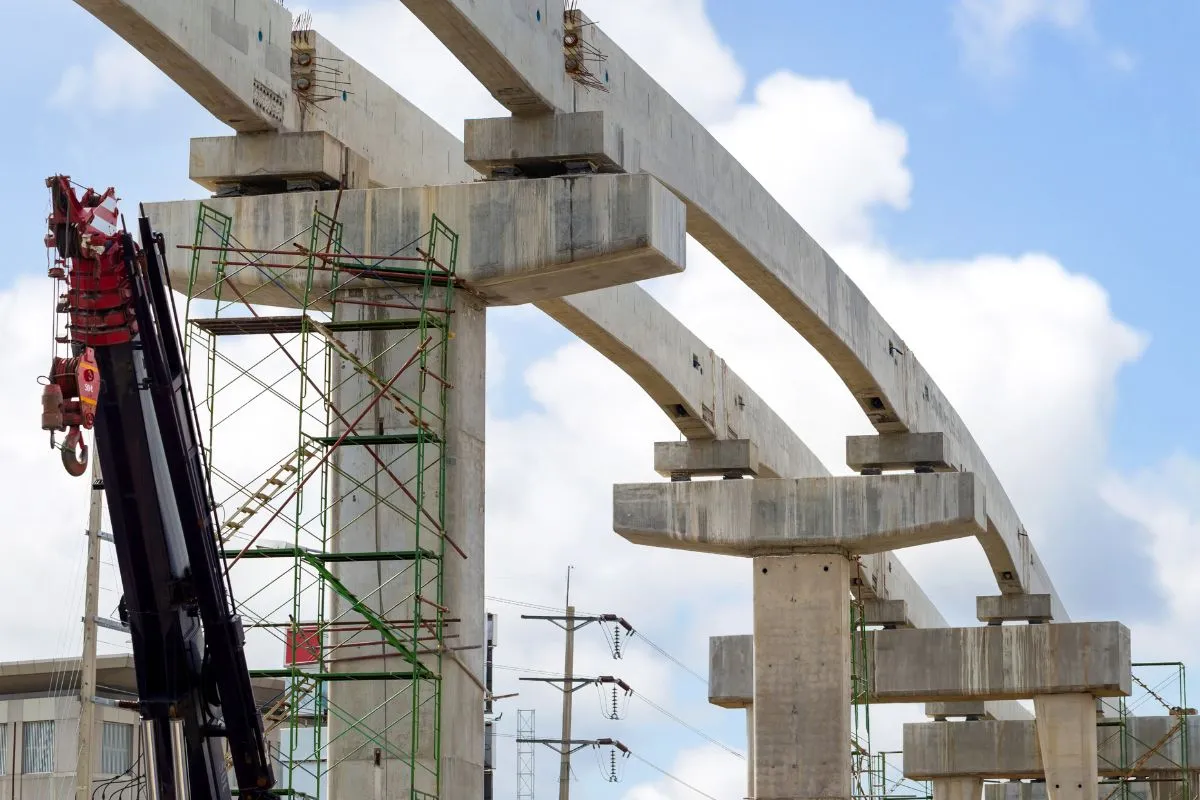
Infrastructure like roads, power grids, or water systems require significant investments and must consider the initial build and ongoing maintenance. These projects are essential for economic growth, but how are governments and private investors footing the bill? The short answer is infrastructure financing.
Table of Contents
Infrastructure Financing and Economic Development
Infrastructure investment is essential for economic development, public safety, and quality of life. Without proper funding, projects stall, roads crumble, and communities suffer. But financing infrastructure isn’t as simple as taking out a loan. It involves complex partnerships, long-term planning, and innovative funding solutions.
Challenges to infrastructure financing include:
- High upfront costs
- Long payback periods
- Political and regulatory risks
- Public vs. private interests
- Climate and sustainability considerations
Your organization can conquer these challenges with careful planning and by creating long-term partnerships with financial institutions that provide customized solutions to make projects a reality.
Trends in Infrastructure Financing
The following infrastructure financing trends are helping governments on multiple levels and private entities get the funding they need for infrastructure projects.
1. Public-Private Partnerships (PPPs)
The government is seeking private investors to share the financial burden of large-scale projects. A public-private partnership allows a private company to finance, build, and operate infrastructure while the government provides oversight and incentives.
Example: The I-595 Expressway project in Florida was developed through a PPP, allowing private investment to fund road expansion while the state maintained regulatory control.
2. Green Bonds and Sustainable Financing
Green bonds and other sustainability-linked loans incentivize projects like renewable energy grids. These financial solutions encourage investment in clean energy and low-carbon infrastructure, reducing dependence on fossil fuels and often providing lower borrowing costs than traditional financing.
A good example is the New York Metropolitan Transportation Authority (MTA), which issued green bonds to fund electric buses and energy-efficient subway upgrades.
3. Infrastructure Grants
Governments worldwide are increasing funding infrastructure through grants and stimulus packages. The Bipartisan Infrastructure Law (BIL) unlocked billions for roads, bridges, and broadband expansion, providing local and state governments new opportunities.
The benefits of government grants include reducing reliance on debt financing and allowing the government to support projects that don’t attract private investment. Grant programs also support underserved community access to funding for essential services like clean water.
4. Technology-driven Investment
The rise of digital infrastructure has shifted financing priorities toward tech-driven projects. Investors are now funding fiber-optic networks, AI-powered traffic systems, and 5G infrastructure to improve efficiency and connectivity.
Popular investment areas include:
- Smart grids improve energy efficiency by minimizing power outages and optimizing electricity distribution
- Autonomous transportation networks—for example, self-driving buses and intelligent traffic management systems
- Cloud-based public services that improve accessibility and efficiency for citizens
5. User-Pay Models and Toll-Based Financing
Some projects use user-pay models instead of relying on taxpayer dollars. Toll roads, congestion pricing, and metered utilities provide steady revenue that supports infrastructure maintenance and expansion.
Pros | Cons |
Generates dedicated funding for infrastructure improvements | Can be unpopular with the public due to added costs |
Reduces reliance on government budgets, freeing funds for other priorities | May disproportionately impact lower-income users who rely on public infrastructure |
Encourages efficient use of infrastructure by discouraging congestion | Requires strong enforcement and monitoring to prevent revenue loss |
Solutions for Better Infrastructure Financing
Building and maintaining infrastructure requires more than just good ideas. It demands smart, sustainable financing strategies. To meet growing needs and close funding gaps, governments and communities are exploring new ways to attract investment, reduce risk, and improve transparency. Below are several innovative approaches to improve how infrastructure projects are planned and financed.
1. Creating a Blended Approach to Financing
Blended finance combines public funds, private investments, and philanthropic contributions to reduce risk and attract more investors. Governments start the process by providing seed funds or guarantees to minimize financial risk. Private investors then contribute with risk-sharing solutions in place. Finally, development banks step in to support critical projects.
2. Tax Incentives
Governments can encourage private investment by offering tax breaks for infrastructure projects. Incentives are particularly effective in the energy, transportation, and housing sectors.
3. Crowdfunding and Community-Based Financing
For smaller-scale projects, crowdfunding platforms and community bonds offer innovative financing options. These solutions allow residents to invest in local infrastructure to create a sense of ownership and accountability. For example, community solar programs allow residents to invest in renewable energy projects.
4. Improved Project Transparency and Accountability
Clear oversight and strong risk management significantly increase investor confidence and willingness to fund infrastructure projects.
The government and project leaders should:
- Implement transparent bidding and procurement processes to prevent corruption.
- Track funding with blockchain technology to improve financial security.
- Publish real-time progress updates to build trust with stakeholders and the public.
5. Strategic Asset Recycling
The government can sell or lease existing infrastructure assets (like airports or toll roads) to private investors and reinvest the proceeds into new projects.
The Future of Infrastructure Financing
The way we fund infrastructure projects is changing fast. While the old-school methods still have a place, new and creative financing options are taking the lead. The public and private sectors need to team up, try fresh financial approaches, and focus on building infrastructure that’s both sustainable and built to last.
Equify Financial is shaking up the status quo by redefining how relationships work in finance and developing innovative, flexible solutions that help business owners and their communities grow together. Want to see how we’re doing it? Let’s talk today.

